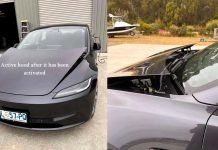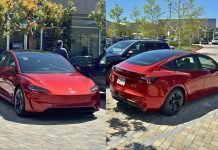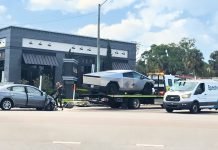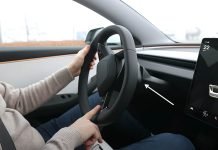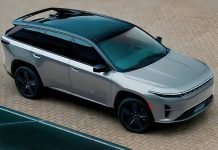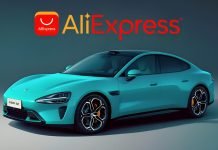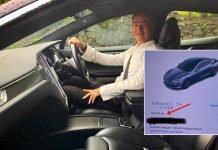Tesla’s disruption has finally reached the courts and this time it doesn’t look good. A recent controversy surrounding the most advanced feature that Tesla’s Self-driving technology was flawed and the company even though aware of this defect hid it behind the curtains to stay spotless.
However the recent ruling in Palm Beach County, Florida, Circuit Court Judge Reid Scott determined that “reasonable evidence” suggests Elon Musk and other Tesla executives were aware of defects in the company’s self-driving technology. The ruling states that despite this awareness, Tesla allowed its cars to be operated unsafely. The judge contends that Tesla employed a marketing strategy portraying the vehicles as autonomous, and Musk’s public statements significantly influenced public perception of the technology’s capabilities.
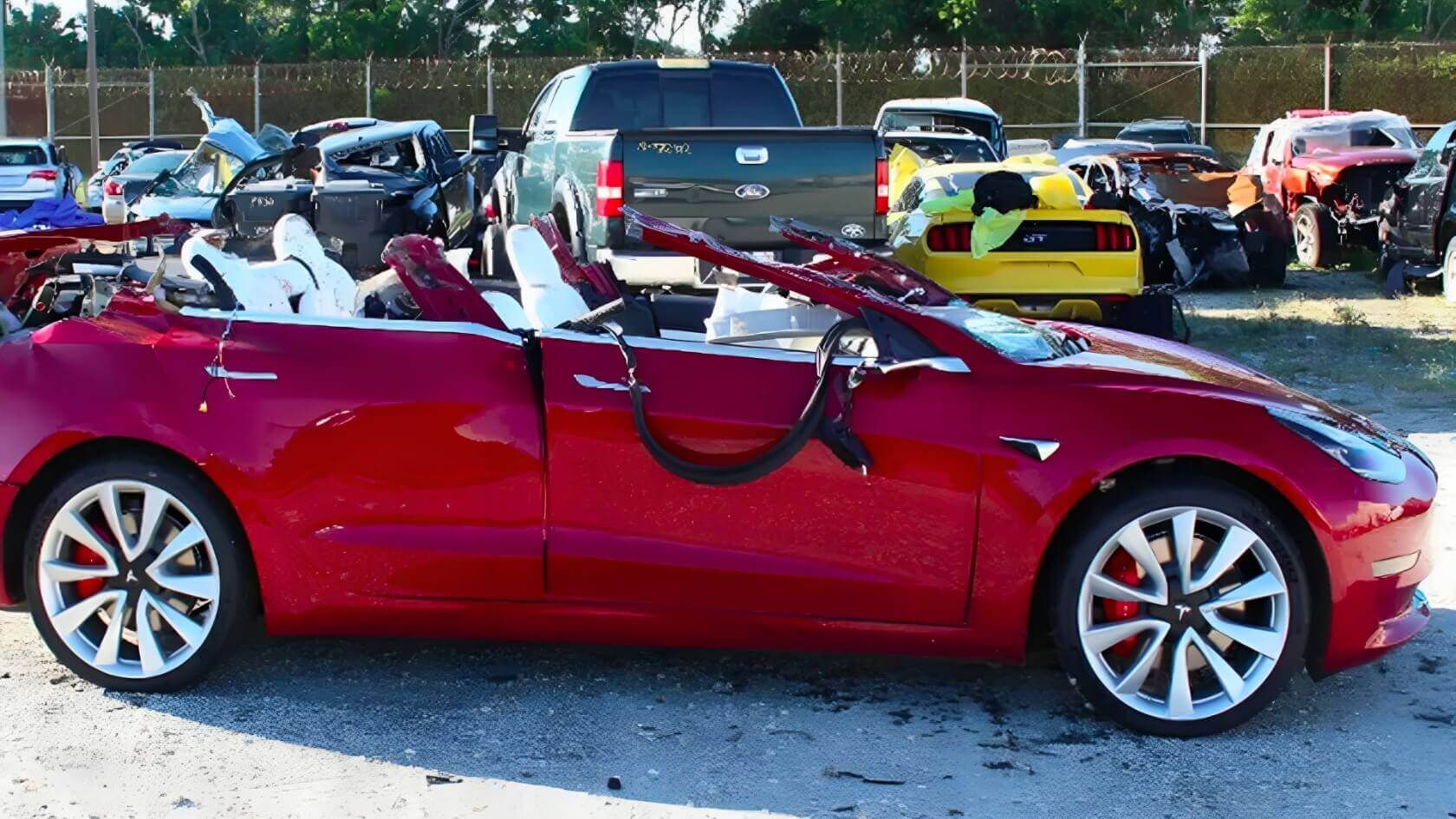
Tesla’s Defective Self-Driving Tech
The ruling paves the way for a lawsuit related to a fatal crash in 2019 involving a Tesla Model 3 north of Miami. The vehicle collided with an 18-wheeler truck that had turned onto the road, resulting in the death of the driver, Stephen Banner. The lawsuit, brought by Banner’s wife, accuses Tesla of intentional misconduct and gross negligence, potentially exposing the company to punitive damages.
Judge Scott found that the plaintiff has grounds to argue that Tesla’s warnings in manuals and “clickwrap” agreements were inadequate. He drew parallels between Banner’s accident and a 2016 crash involving Joshua Brown, where the Autopilot system failed to detect crossing trucks. The judge stated that it would be reasonable to conclude that Tesla, through its CEO and engineers, was aware of the Autopilot system’s limitations.
The ruling also highlighted a 2016 video depicting a Tesla vehicle operating without human intervention. The video used as a marketing tool for Autopilot, needed clear indications that the technology was aspirational or yet to be available in the market. Legal experts suggest that the judge’s summary implies “alarming inconsistencies” between Tesla’s internal knowledge and its public marketing messages.
This ruling sets the stage for a public trial, with the judge indicating a willingness to admit testimonies and evidence that could prove challenging for Tesla. Bryant Walker Smith, a University of South Carolina law professor, notes that the trial could result in a verdict with punitive damages if it proceeds.
The outcome of this case will likely draw attention to the safety claims surrounding Tesla’s Autopilot system and could have broader implications for the autonomous driving industry.
Is Tesla’s Autopilot Safe?
This is all about the case that we have to discuss with you however, there are some points that we feel are pertinent to note. Even though the possibility of involvement of Tesla’s employees and its top management is high various glitches have been mentioned on the website of Tesla raising eyebrows.
We ought to believe that the Autopilot mode is perfect but this isn’t the case because we are not living in 2050 that we give complete command to AI and it’ll mimic our true nature and cognitive thinking.
Hands-On Driving
Enhanced Autopilot is designed for hands-on use. Please keep your hands on the steering wheel at all times and remain attentive to road conditions, surrounding traffic, and other road users, including pedestrians and cyclists. Be ready to take immediate action. Failure to adhere to these guidelines may result in damage, serious injury, or loss of life.
External Features
These External Features are Cameras and Sensors that are used by Model Y. It’s essential to ensure the cleanliness of all cameras, as explained in the camera cleaning guidelines. The presence of dirt on cameras and sensors (if equipped), coupled with environmental factors like rain and faded lane markings, has the potential to impact Autopilot performance. In instances where a camera is obstructed or blinded, Model Y promptly communicates this through a message on the touchscreen, and Autopilot features may be temporarily unavailable.
Before utilizing Autopilot features and following certain service visits, users are required to drive a short distance to facilitate the calibration of cameras. Additional details on this calibration process can be found in the “Drive to Calibrate Cameras” section
Traffic-Aware Cruise Control and Autosteer
When driving at speeds ranging from 30 km/h to 140 km/h, users can activate Traffic-Aware Cruise Control, and Autosteer is also accessible within this speed range. Notably, it’s possible to engage these features at lower speeds if a vehicle is detected at least 1.5 meters ahead of Model Y. It’s important to observe that on residential roads, roads lacking a center divider, or roads without controlled access, there is a speed limitation for cruising. The touchscreen will display a corresponding message, and the restricted speed will be the road’s speed limit plus 10 km/h.
For optimal functionality, it’s recommended to have the headlights set to On or Auto. Autopilot is available during both daylight and low-light conditions, such as dusk or dark. However, if headlights are set to Off, Autosteer will either abort or be unavailable. Once Autosteer is engaged, Auto High Beam is automatically activated (refer to High Beam Headlights), and the wipers are set to Auto. This ensures a seamless experience while utilizing these features.
Environmental Conditions
Scenarios like navigating sharp curves, encountering poor visibility conditions caused by heavy rain, snow, or fog, and experiencing interference from bright light, such as oncoming headlights or direct sunlight affecting the camera’s view. Additionally, potential hindrances to the system may arise if a camera or sensor, if equipped, is obstructed, perhaps due to fogging, dirt accumulation, or being covered by a sticker
Auto Lane Change
Auto Lane Change should not be used on roads with dynamic traffic conditions, the presence of bicycles and pedestrians, or winding roads with sharp curves. Additionally, it is not recommended to engage Auto Lane Change in adverse weather conditions such as heavy rain, snow, or fog, which might affect the camera(s) or sensors’ visibility. Overtake Acceleration, which increases driving speed when the turn signal is engaged, may cancel for various reasons, including the lack of GPS data.
Drivers are reminded to stay vigilant and not depend solely on Overtake Acceleration for speed adjustments. It’s essential to be aware that, while Traffic-Aware Cruise Control maintains a distance from the vehicle ahead, the selected following distance is reduced when Overtake Acceleration is active, particularly when overtaking is not the intended action.
Tesla’s New FSD (Full-Self Driving) rolled out
Tesla faced a huge lashout and this in turn made the company work more diligently on its new technology. Tesla CEO Elon Musk has officially announced the rollout of the latest version of the ‘Full Self-Driving’ (FSD) semi-autonomous software in the United States. Referred to as version 12 (v12), this iteration marks a potential leap in technology, as the system now relies on neural networks instead of traditional hard-coded programming.
Over 300,000 lines of code have been eliminated from the FSD software, allowing the car’s computer to make independent judgments based on real-time camera data. Tesla employees are the first to experience the new system, and the technology is expected to advance the way vehicles interpret and respond to their surroundings.
The latest iteration is a crucial step toward autonomous driving, emphasizing a reliance on neural networks to mimic human decision-making. However, it’s important to note that while Australian Tesla owners can order FSD for $10,100, the technology currently does not comply with local road rules, preventing its usage until it meets legal requirements.
Elon Musk had previously stated in April 2023 that the autonomous driving software would be available before the year-end, maintaining Tesla’s commitment to advancing self-driving capabilities.
Faults in Tesla’s FSD
The FSD Beta version 11.4.7 exhibited aggressive behavior, nearly causing a crash at highway speeds. While cruising at 118 km/h (73 mph) on the route to Montreal, the system, engaged in the left lane to pass a car, unexpectedly veered aggressively towards the median strip. The driver, adhering to Tesla’s recommended practice of hands-on-wheel and eyes-on-road, managed to avert a potential disaster by manually steering back toward the road, promptly disengaging the FSD Beta.
The incident, which occurred while passing another vehicle, prompted the driver to send a message to Tesla, expressing the gravity of the situation. The urgency of the situation was evident, as the driver, having hands-on control, narrowly avoided a collision.
Despite having a connected storage device, the absence of a camera button to record the incident was noted, a feature typically available in previous versions. A subsequent attempt to replicate the problem confirmed the recurrence of the issue. In the left lane again, the FSD Beta exhibited a similar aggressive leftward veering, this time towards an area designated for emergency vehicle U-turns.
The driver, remaining vigilant, promptly corrected the course and submitted a bug report to Tesla. However, the report was cut off before a detailed explanation could be provided. The unexpected behavior, described as a brand-new phenomenon, raises concerns about the recent update’s impact on the system’s decision-making.
Notably, a user comment underlines a broader trend of evolving FSD Beta behavior, with comparisons drawn to previous versions that exhibited a more cautious approach. The reported incidents, described as more aggressive lane changes and inappropriate decisions, suggest a potential regression in the system’s performance.
The narrative concludes with a hope for Tesla’s swift resolution of the identified bug to prevent any untoward incidents. The story format, narrated in the third person, emphasizes the driver’s real-time experience, highlighting the importance of addressing such issues promptly to ensure the safety and reliability of FSD Beta.
Final Remarks
Tesla is onto something unimaginable and remarkable, however, the past record of Tesla is marred with blood and defaming cases. Poor decision-making at the top level points fingers at the management making it seem like a conspiracy. Along with this Tesla should be loud and clear about its technology and potential hazards.
How will Tesla clear this thunderstorm is evident to note but for now we can hope to stay safe while using advanced technology and equipping ourselves with complete knowledge.




